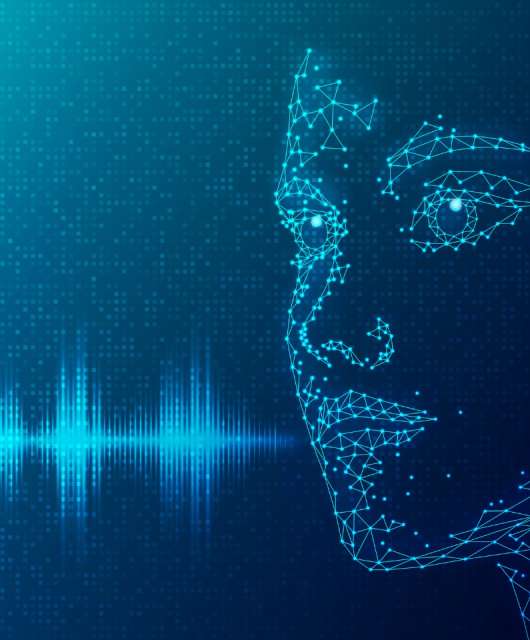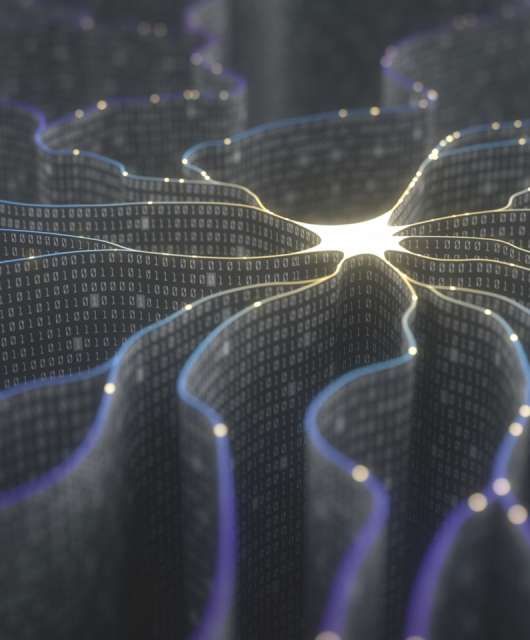Like all technologies, artificial intelligence (AI) describes a number of different techniques and tools. This guide provides a short introduction to help you better understand the differences – and why they matter.
What is artificial intelligence?
AI can be thought of as a very clever computer program that is designed to perform a single task. AI is capable of analyzing vast amounts of data to identify trends and patterns that would be otherwise very difficult to spot.
This means that AI can be used for a wide range of tasks, such as refining insurance quotes, improving the quality of smartphone photographs or writing documents and articles automatically. It is important to note that artificial intelligence isn’t really intelligent because these systems cannot do anything other than what they were programmed for; an image recognition algorithm cannot write poetry for instance.
What is a large language model?
Large Language Models (LLM) are a type of neural network that are trained using millions of documents and webpages. This ‘training’ allows the algorithm to ‘understand’ language and how it is used in written communications. The more data fed into one of these models, the more accurate its understanding.
What is generative AI?
Generative AI systems like ChatGPT are used to create new content, such as articles or images. These algorithms are built on top of LLMs, using those insights to accurately predict words, sentences and images in certain sequences – and to ‘write’ create very realistic content.
What is a Generative Adversarial Network (GAN)?
Can Artificial Intelligence systems learn from each other? Yes. By pairing two neural networks it is possible to create completely new music, visual art or videos. One network is tasked with creating content while the second network ‘grades’ the output. Over time, the first network learns what the second network approves of and generates more content to suit.
What is Symbolic AI?
One of the potential drawbacks of LLMs and neural networks is that the AI systems are only as good as the data they learn from. Symbolic AI uses known facts to train algorithms, reducing the risk of quirky or erroneous results being generated.
What about chatbots?
Many businesses have added chatbots to websites as a way to help customers get answers to their questions quickly and easily. Many of these bots rely on a library of pre-programmed questions and keywords – but some use AI to improve the accuracy of the service. AI chatbots ‘learn’ from every customer interaction, allowing them to constantly refine and advance.
Artificial Intelligence everywhere
Artificial intelligence technology continues to evolve and improve – so expect to see the list of terms and phrases get longer in the near future!








1 comment
AI, a digital marvel, learns like humans. It grasps speech nuances, predicts from patterns (machine learning), and sees via pixels (machine vision). Evolving Siri, Alexa, and more. 🌐🤖